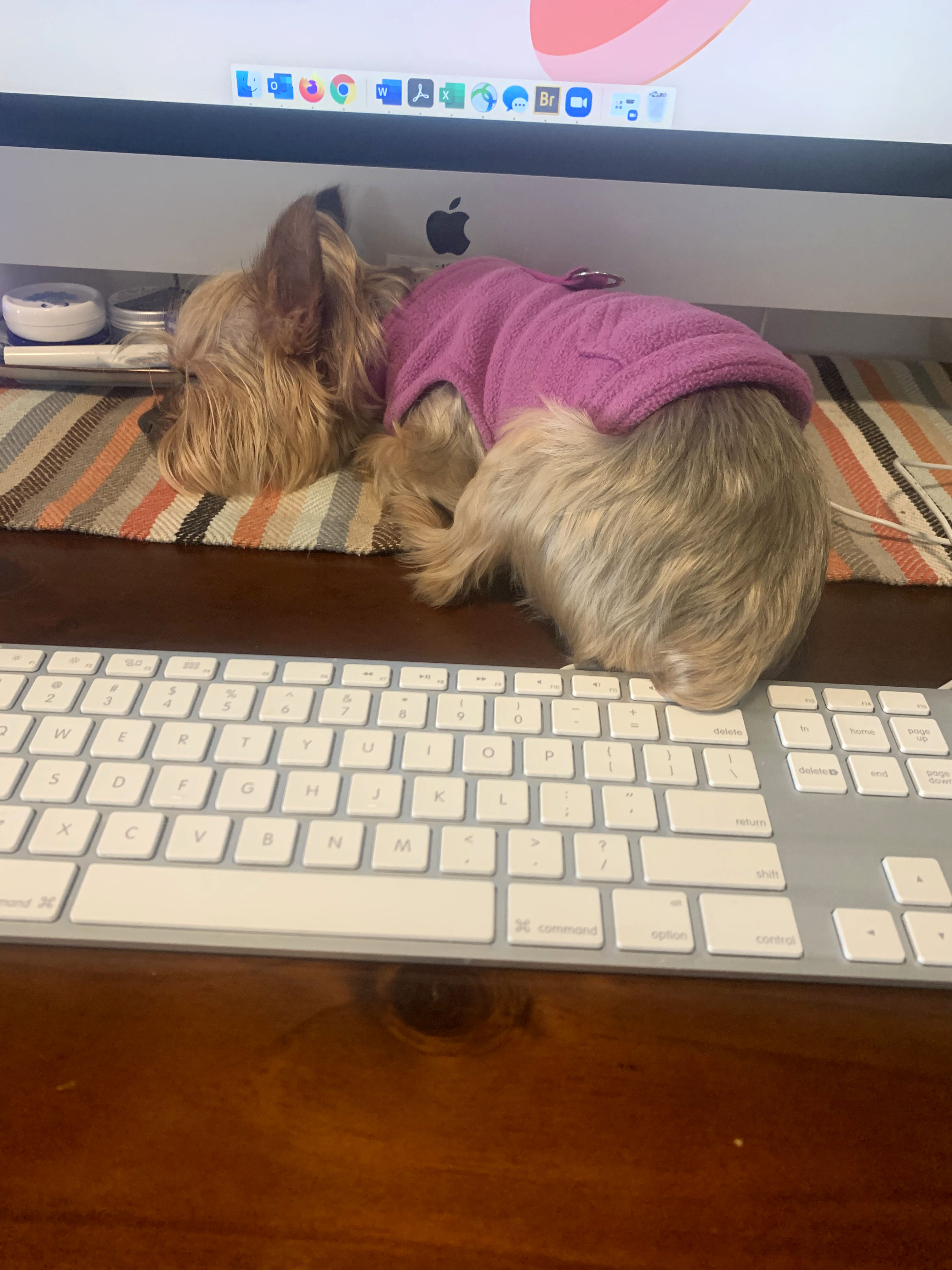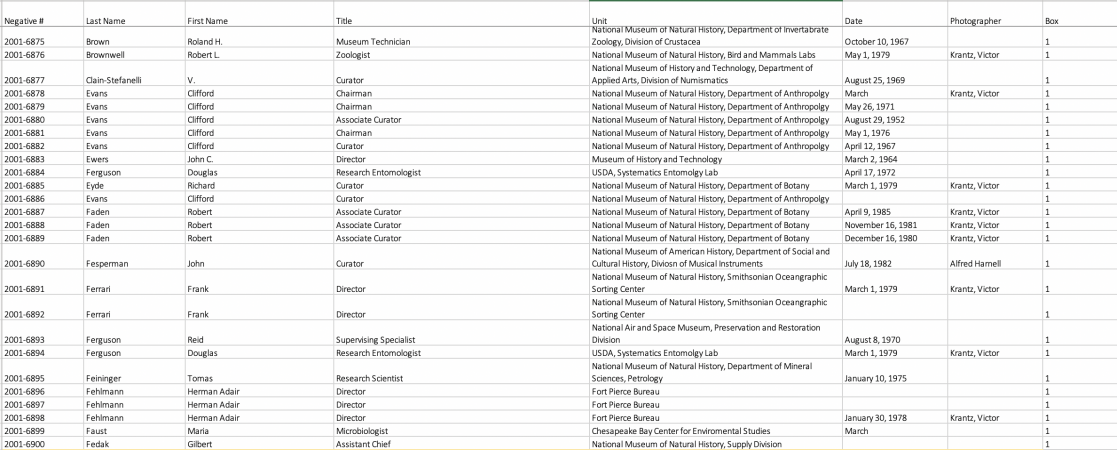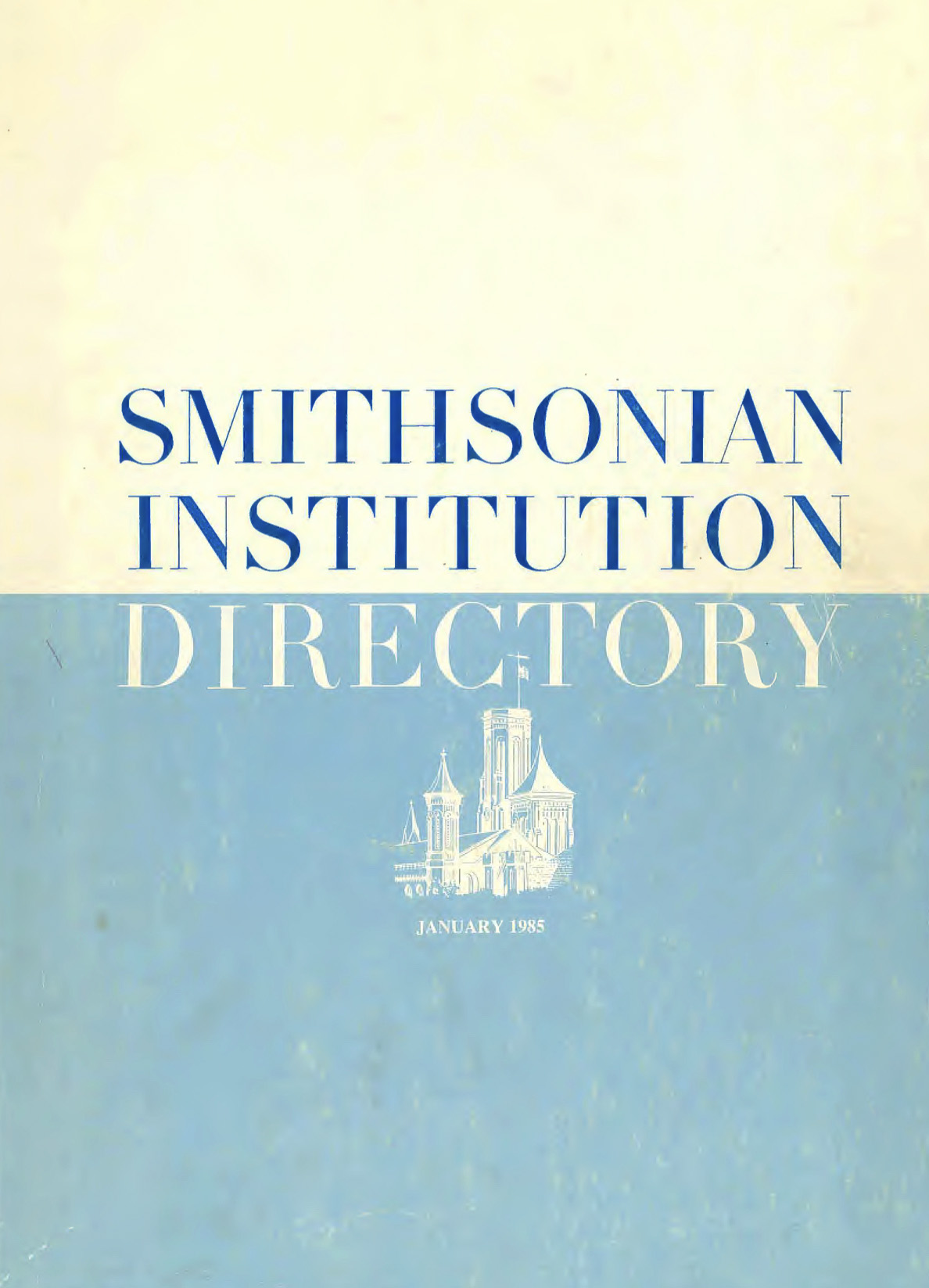It has officially been 426 days since the Smithsonian Institution (including the Archives) first closed its doors. Many may be wondering….how does an archivist, especially one who deals directly with photographs or photographic negatives, continue to work from home for over a year?

Well, my friends, I will give you a brief glimpse into some of the work I have been able to accomplish since that fateful day in March 2020.
Let me first start by saying we nearly all could telework here and there before the closure. There seemed to be an endless list of spreadsheets to standardize, things to research, legacy issues in metadata or descriptions, or just a backlog of “things” (we have a lot of those). There was always prep being done on materials, so we don’t need access to the “stuff” 24/7 to do our work. However, we had to do a total pivot to only have access to the “stuff” through our computers—no more popping into our storage to quickly check a box for something.
At first, this wasn’t a struggle. But after several months of looking at spreadsheets instead of handling photographic negatives the desire to “see” collections was huge. Most of the time, each image would be a new surprise or mystery; so we started to really focus on owning a whole project that allowed me to research and use digital materials. My project was to complete all the descriptions and research on a unique collection that was always just called “the passport photos.” The majority of these are just that. They are the small, passport photographic negatives taken by a Smithsonian photographer, mainly for Smithsonian employees. Think of these as a perk about working at the Smithsonian. You didn’t have to search and travel to a passport photo place to feel awkward around a stranger taking your photo. You could just bop into the photo services space at the National Museum of American History to see your friendly neighborhood Smithsonian photographer. There are also portraits sprinkled within the passport photos, most likely used for various things, but, again, mainly of former (and even some present) Smithsonian employees.
The original mindset in 2019 for this project was to do a fast inventory of the material in each of the 6 boxes. Then, we didn’t need to be working with the physical materials and could conduct research just with digital access to the negatives. After the in-depth research was complete, we planned to have this be one of the early rapid-capture projects at our off-site facility in Hyattsville, MD. With a bit of archival magic (actually, a lot because imaging and describing are just part of the process), these photos would then be searchable, online in some capacity, and used in different ways.
It felt good because it seemed like we got a tiny glimpse from the 2019 crystal ball of the future. We planned that this project would work with a mix of material time and just computer time. The main success we, by some chance, predicted in that crystal ball that made this project mildly successful in a COVID-19 world (with the help of conservator William Bennett and historian Pam Henson) was to digitize all the physical Smithsonian staff lists and directories strictly for internal use. We have these dating from 1920 to 1999 (missing a year here and there).
By having the inventory of what was in each box, the digitized lists/directories, and plenty of computer time, I have been able to complete the descriptions for the first half of this collection.
There are still 3 boxes remaining that I hope to gain access to in the near future. But for the time being, this has been your glimpse of a project a photo archivist does when they can’t access to the physical collections. Just an FYI: we continue to answer reference questions remotely, give access to material that is already digitized, and hope to be back in the office for on-site research soon.

Related Resources
- Photograph and Image Collections, Smithsonian Institution Archives.
- "What Our Experts Want You to Know About Digitization" by Emily Niekrasz, The Bigger Picture, Smithsonian Institution
Related Collections
- Accession 10-001 - Smithsonian Photographic Services, Negative Log Books, 1959-1999, 2008, Smithsonian Institution Archives
- Accession 11-008 - Office of Public Affairs, Photographic Collection, 1960-1970, Smithsonian Institution Archives
- Accession 11-009 - Smithsonian Photographic Services, Photographic Collection, 1971-2006, Smithsonian Institution Archives
Produced by the Smithsonian Institution Archives. For copyright questions, please see the Terms of Use.



Leave a Comment